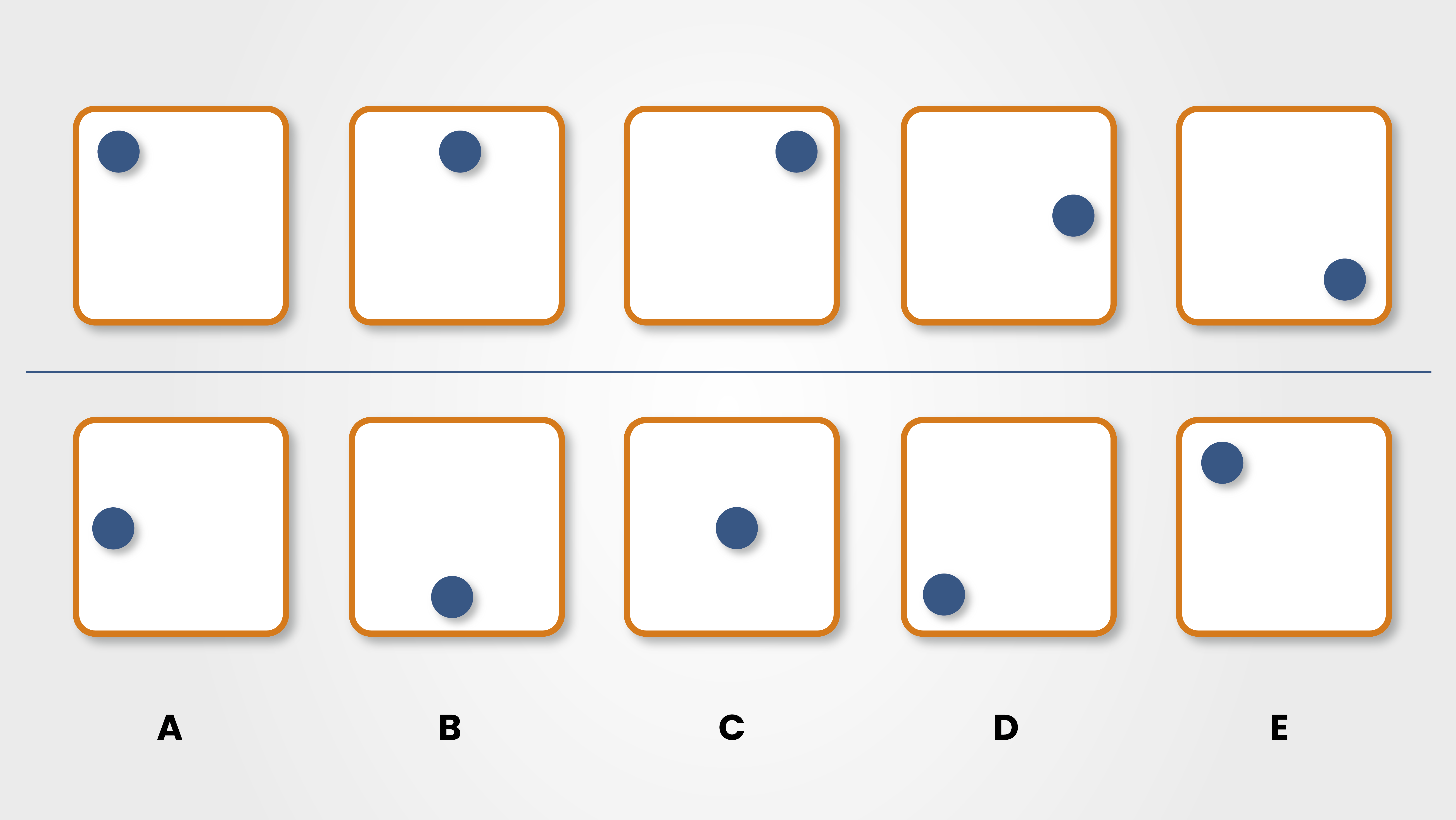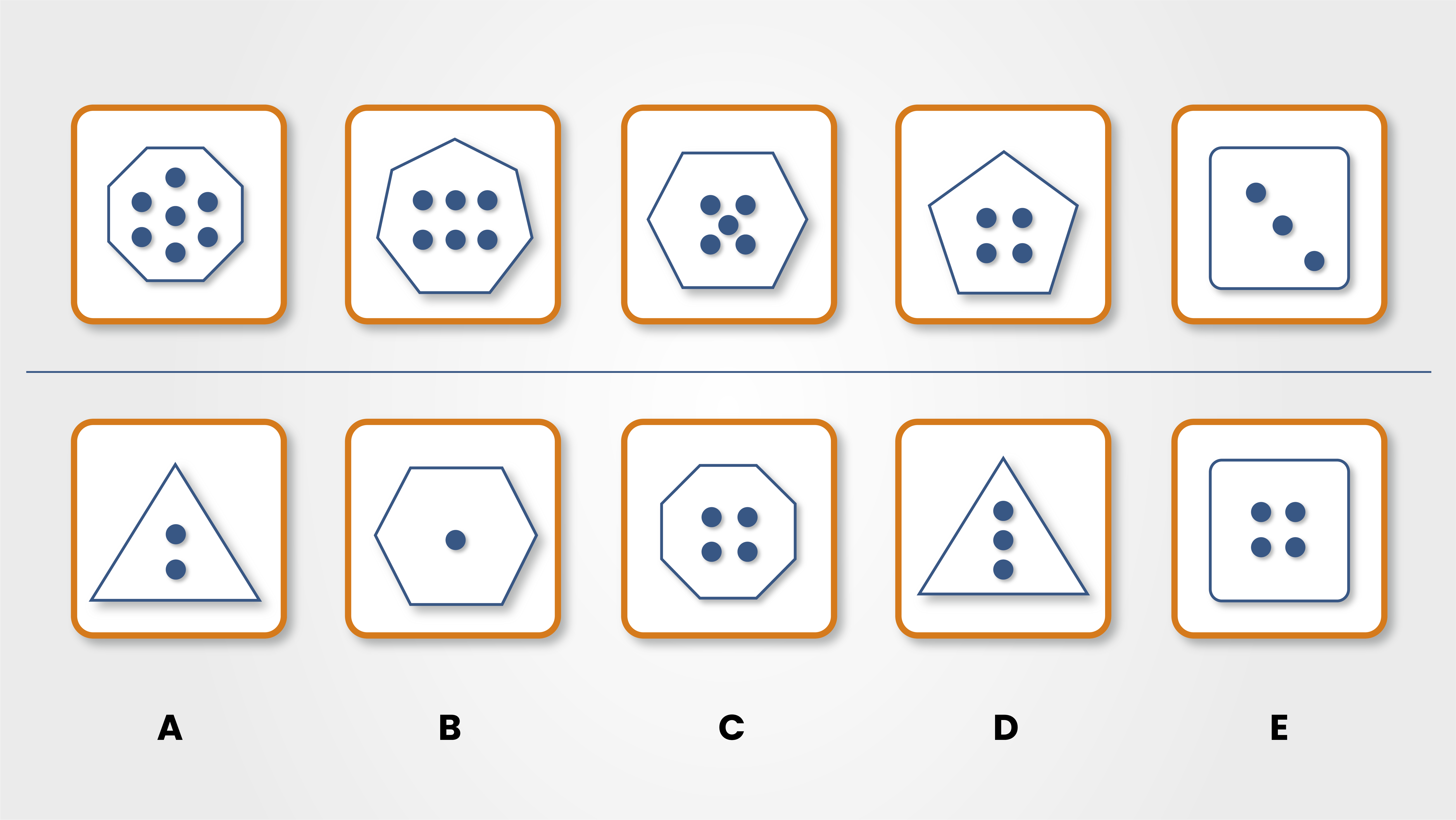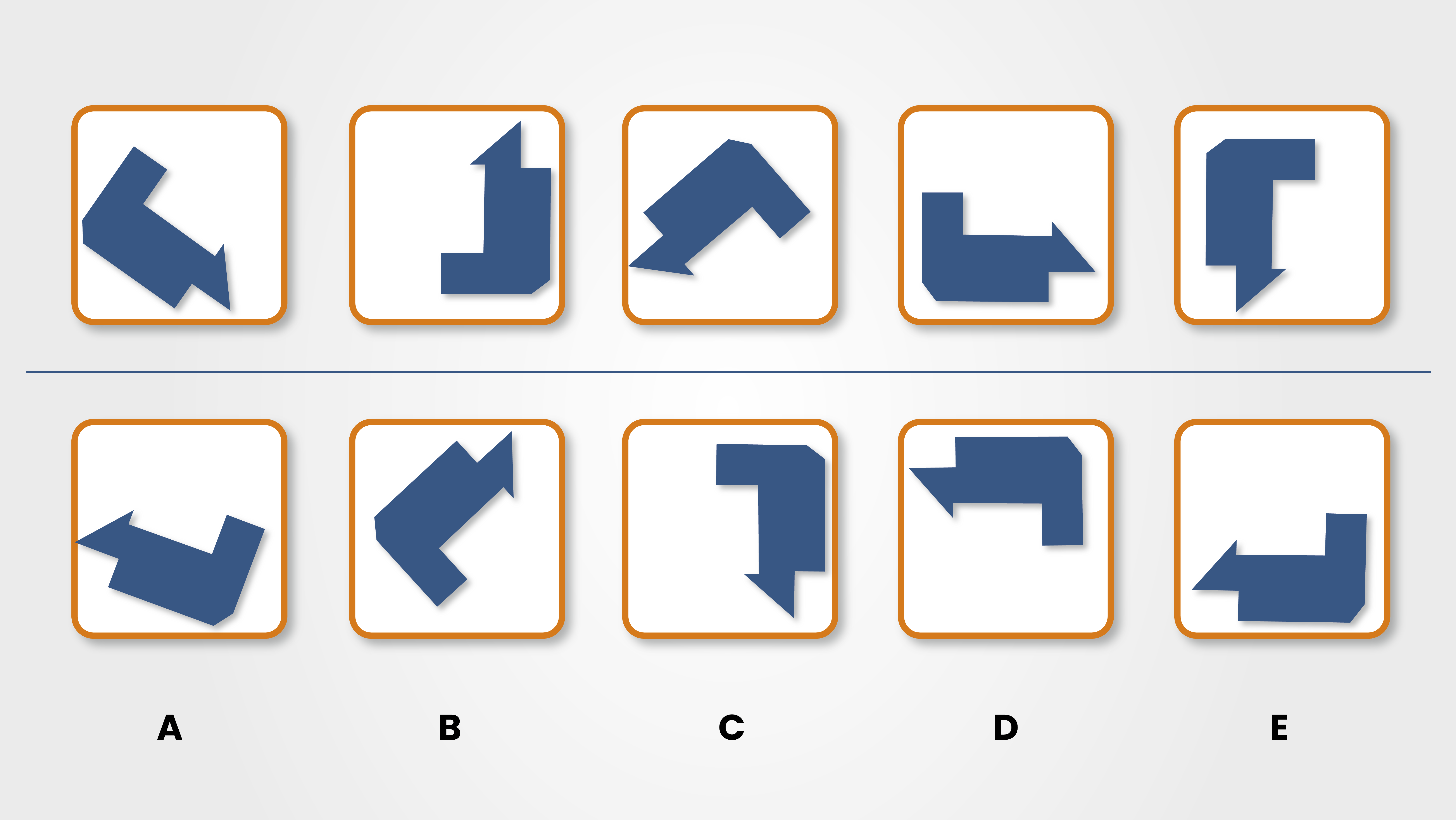Inductive Reasoning Tests: Example Questions & Tips (2026)
Updated October 11, 2024
Inductive reasoning tests are one of a range of psychometric tests often used during the recruitment process and are considered one of the more challenging aptitude tests.
Using inductive reasoning means using logical thinking to make a prediction or forecast behavior based on previous patterns.
When patterns are found, it can lead to a specific conclusion.
Typically, inductive reasoning tests are used to measure logic and problem-solving skills in job candidates.
Inductive reasoning tests are used early in the recruitment process in many different industries to narrow down applicants.
They are commonly used when recruiting for roles in engineering, IT and science.
The leading test providers for inductive reasoning tests are Kenexa and SHL.
What Are Inductive Reasoning Tests?
Inductive reasoning tests assesses the candidate’s analytical and conceptual thinking skills and their ability to find solutions in a timed situation.
An inductive reasoning test is also known as a diagrammatic test or abstract reasoning test.
The test normally consists of a series of image-based patterns and will ask a candidate to identify the rule that links them.
Candidates who can capably problem solve, think logically and carry out tasks are an asset to an organization so these skills are highly valued by employers. Someone with strong inductive reasoning skills can:
- Work efficiently and accurately – even under pressure
- Spot inconsistencies, consistencies or rules in a series of objects or behavior patterns
- Think logically and methodically in any situation
Prepare for Any Job Assessment Test with JobTestPrep
Some jobs that require inductive reasoning include law enforcement, corporate leaders, military, etc.
You would need to use your inductive reasoning skills to consider what the next step should be, find a solution or analyze a situation with limited information.
When Are Inductive Reasoning Tests Used?
Inductive reasoning tests are used by employers to assess an employee as part of the recruitment process.
Usually, inductive reasoning tests are used in the recruitment process for technical roles or roles that require frequent problem-solving.
A psychometric test is standardized and provides measurable data.
They are useful when evaluating and understanding a candidate’s personality, thinking and analytical skills and providing an insight into their future performance in the job.
An inductive reasoning test is used to evaluate logical reasoning and problem-solving skills and a candidate’s ability to find solutions when under pressure.
Prepare for Any Job Assessment Test with JobTestPrep
What Format Do Inductive Reasoning Tests Take?
An inductive reasoning test is formed of image or diagram-based questions.
The test taker needs to understand what is happening in these diagrams use this information to identify the next image in the sequence.
These questions are usually multiple-choice; you will usually be asked to pick from four to six very similar answer options.
The tests often have a strict time limit and may have a penalty for giving an incorrect answer.
The pressure of this situation also adds to the difficulties that candidates face in completing the test in the given time frame.
Inductive reasoning tests can vary based on the role and industry for which you are applying.
Most questions have some similarities, though, and will be aimed at testing job-related aspects.
Questions can relate to:
- Reflections
- Alternations
- Rotations
- Translations
- Replacements
- 3D shapes
- Colours
Most will test your ability to infer a pattern based on previous information.
For example, you may be presented with five images featuring various shapes and will be asked to predict the next one.
The correct response requires you to understand the pattern by noting the similarities or differences or the relationship between the images.
You may also be asked to use similar techniques to identify what is missing from a sequence.
If you need to prepare for a number of different employment tests and want to outsmart the competition, choose a Premium Membership from JobTestPrep.
You will get access to three PrepPacks of your choice, from a database that covers all the major test providers and employers and tailored profession packs.
Prepare for Any Job Assessment Test with JobTestPrep

The image above presents five images of squares. Each square has a black dot within it that moves around the square. Choose which answer option (A, B, C, D or E) would appear next in the sequence.

The image above presents shapes with black dots. Choose from A, B, C, D and E to determine which answer would come next in the sequence.

Choose the correct rotation in the sequence from A, B, C, D and E to determine the image that comes next.
How to Prepare for an Inductive Reasoning Test in 2025
To prepare for your inductive reasoning test, it is vital that you practice.
This will help you become familiar with the format and types of questions asked, increasing your confidence and helping you perform well.
You might even encounter some of the same patterns on test day.
As it is a timed test, practice completing the tests in real test conditions.
It is important that you get used to working quickly and accurately and feel some of that pressure in your practice.
On the day, bring a watch or stopwatch so you can manage your time and move on if needed.
Reflection and rotation are common questions in inductive reasoning tests.
Some people may find these difficult. One way to practice is to draw shapes and reflections and check your accuracy using a mirror.
Prepare for Any Job Assessment Test with JobTestPrep
Inductive reasoning is essentially making an informed or educated guess.
An example of inductive reasoning would be: Carly always leaves for work at 8:00 a.m. Carly is always on time. Carly assumes, then, that if she leaves at 8:00 a.m. for work today, she will be on time.
In contrast, deductive reasoning uses general ideas to form a specific conclusion: All interns arrive early. Carly is an intern. Therefore Carly should arrive early.
You might also have to apply inductive reasoning to images, shapes, and patterns. This will include:
- Patterns that move
- Patterns where the relationship rules between two concepts matter for the solution
- Rotations
- Mirror images
The different types of inductive reasoning are:
- Generalization – The people who get to work early have more productive days. Therefore those who turn up late are unproductive.
- Statistical – 80% of the people I've met love drinking coffee. Therefore 80% of the global population like drinking coffee.
- Casual – In the winter there is less footfall. Therefore winter will bring fewer customers.
- Analogical – Sam and Mike are both left-handed and keep their computer mouse on the left of the keyboard. As Jill is also left-handed, she must keep her mouse on the left as well.
- Predictive – We were very busy during the holiday season. So next holiday season, we will be just as busy.
To pass the inductive reasoning test, you should:
- Take an educated guess if you do not know the answer by eliminating the definite incorrect options and choosing the most likely from the remaining options.
- Read the instructions carefully
- Don't take too long on a question
- Pace yourself and keep a steady rhythm
- Remain calm by using breathing techniques
To prepare for the inductive reasoning test:
- Familiarize yourself with the test procedure and question format
- Complete practice tests online
- Practice the process of elimination method
- When completing practice questions, break each pattern down into smaller sections until you feel confident working with the whole image
- Consider rotations, mirror images, and inconsistencies when trying to find the answer
- Learn calming breathing techniques to help you in the test
Yes, inductive reasoning tests can be tough. Solving the type of problems in these tests is not an everyday occurrence. The speed you have to answer also makes the test more challenging.
However, with the right amount of practice, you can pass an inductive reasoning test.
The three barriers to passing the inductive reasoning test are:
- Your natural ability
- The amount of preparation you do before sitting the test
- Your performance on the day – such as managing stress, applying the process of elimination, working through the questions at a steady pace.
You can find free inductive reasoning test training materials at:
The top three expert tips for inductive reasoning tests are:
- Prepare as much as possible by completing practice tests under timed conditions
- Understand and practice all the question formats
- Manage your time and stress levels during the test
Inductive reasoning tests are considered reliable because they measure a person's cognitive ability. As the answers are either right or wrong, there is no room for interpretation or bias.
To improve your inductive reasoning skills, you can:
- Start paying more attention to the smaller details of things, events and people around you. You cannot come to a conclusion without considering all the details.
- Those with strong inductive reasoning skills can easily identify patterns. Make an effort to find patterns or behaviors and see if you can predict the outcome. Paying more attention will also allow you to quickly find patterns.
- Draw your own conclusions and make predictions such as financial predictions or targets. Use the information you have around you and make informed choices. Once the outcome has happened, see how accurate you were, what you did right, and what you missed.
- Improve your memory by taking more notes and increasing the number of details you can remember. Playing brain games and reading regularly will also help improve your memory.
Conclusion
One handy tip is that the employer/recruiter isn’t necessarily looking for test completion; instead, they are looking at the candidate’s ability to complete as much as they can accurately in a high-pressure situation.
Successful completion of an inductive reasoning test indicates that a job applicant can think analytically and work flexibly with new or unfamiliar information to find a solution.
Someone good at inductive reasoning can use observation to form a theory that can be used to make a future prediction or provide new solutions to an existing problem.





